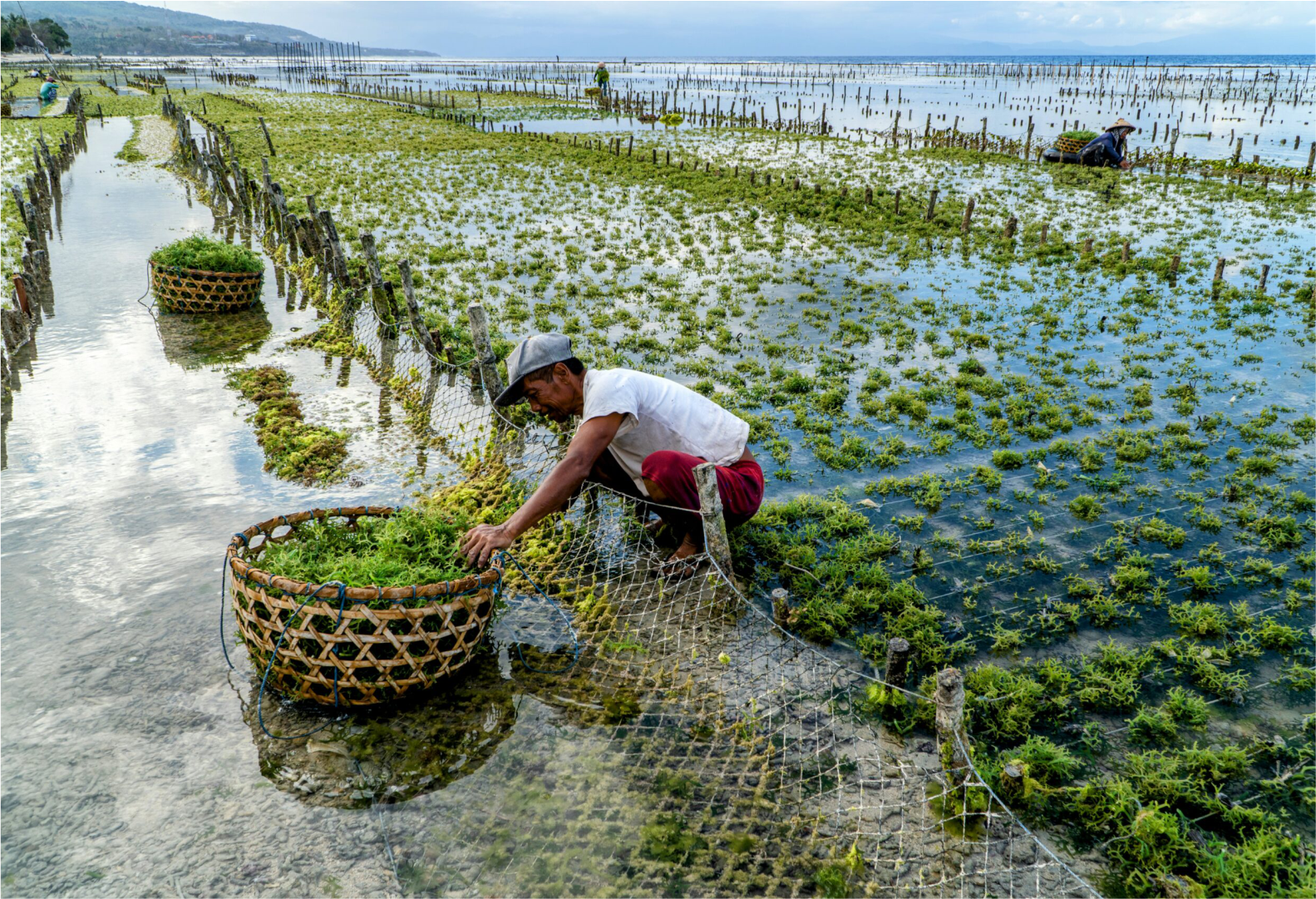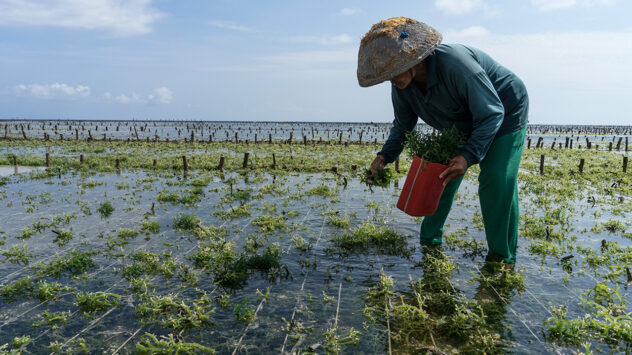Seaweed
What is Seaweed ?
Seaweed is a general term used to describe various species of marine plants and algae that grow in oceans, seas, rivers, and lakes. It is an essential part of the aquatic ecosystem, providing food and shelter for marine life while also serving as a valuable resource for humans.
Advantages of Seaweed

Rich in Nutrients

Supports Thyroid Health

Good for Digestion

Skin and Beauty Benefits
Product Details

Specifications Required by Industries
To be accepted by industrial companies, seaweed must meet certain quality standards. The following are common specifications:
-
Moisture Content
-
Industries usually require dried seaweed with a maximum moisture content of 35–38%.
-
This ensures longer shelf life and prevents mold or bacterial growth.
-
-
Cleanliness
-
Seaweed must be free from sand, excess salt, and other marine debris.
-
The allowable level of impurities is usually below 2–3%.
-
-
Size and Texture
-
Dried seaweed is typically cut into standardized lengths, usually 5–20 cm.
-
It should be firm, not brittle, and display a bright color depending on the variety.
-
-
Color
-
For Eucheuma cottonii, preferred colors include red, light brown, or golden yellow.
-
Darker shades often indicate lower quality.
-
-
Salt Content
-
Low salt content is required, with a maximum of 5%.
-
Washing before drying is necessary to reduce salt levels.
-
-
Sand/Silt Content
-
Must not exceed 1–2%, as high sand content can damage industrial processing equipment.
-
-
Odor and Contamination
-
Should not have a foul or moldy odor.
-
Must be free from chemical or biological contamination.
-
